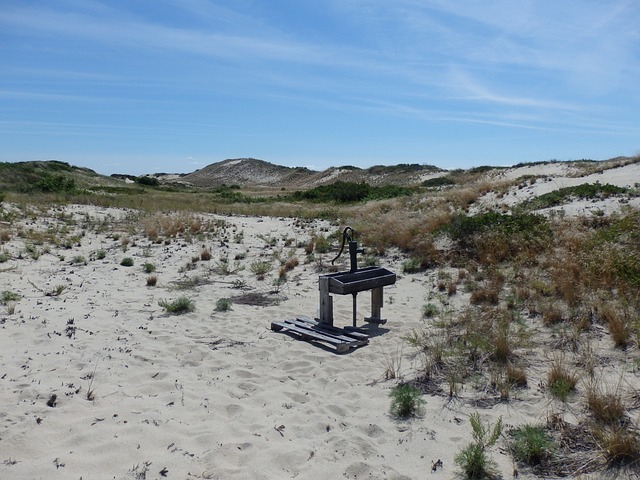
Now is a great time to enhance your plumbing knowledge. You might have wanted to learn these skills before, but never got around to it. Read the tips in this guide and you’ll be happy you did it if ever you experience any plumbing issues.
Don’t let your house temperature drop to below freezing and make sure to insulate anything that is exposed to the outside elements to prevent frozen pipes. Pipes will freeze if they are exposed to temperatures below freezing. In the very least, you could lose running water inside while waiting for the pipes to unfreeze. However, they might burst, which will cause an enormous mess and repair bill.
Pump your septic tank about once every five years, to make sure it is working well. This will prevent sediment from piling up in your tank, which could cause it to overflow into your home and yard, or even cause the entire septic system to fail. Although having a septic tank pumped costs money, cleaning up sewage backup in your home will ultimately cost much more.
Avoid Paying
Avoid paying the plumber until he finishes the job. You may have to put money down before they start working, but avoid paying the total amount until it’s done. Agree with the plumber in advance on the job and payment.
If a plunger is ineffective, you might be able to do the trick with a bucket of warm water. Repeat this procedure if necessary as the water returns back to a lower level.
Set up a time when all plumbing work will be completed at one time. You might be tempted to contact a plumber every time you face a small problem, but if you have problems repaired all at once, you will have time to save money for the fixes. You will also save because plumbers usually charge hourly rates, so hours they can charge you are reduced if there is only one trip made.
Overflow Holes
Be sure that the overflow holes are free of debris. Overflow holes are one of those things which you forget about until you need them. Inspect and clean the overflow holes as part of your regular household maintenance.
Use cold water when using your garbage disposal. Cold water helps the blades stay sharp and keeps the disposal running smoothly. If you use hot water, any grease in the disposal will turn into liquid, while causes pipe clogging.
If you have unwanted water that drains in your dishwasher, it’s probably due to the kitchen sink’s hose being improperly installed. The hose connecting the sink the the dishwasher should be at an uphill angle and then downhill to prevent the water from mixing.
Frozen pipes can do very extensive and expensive damage. Fortunately, you can generally prevent your pipes from freezing. The first concern is making sure that all water lines that run outside of your house are fully and sufficiently insulated. When cold weather sets in, turn off your outside faucets, disconnect all hoses and drain them. If you do this, it will help you to save on repair bills.
Clean the aerator to fix low water pressure issues that are caused by the buildup of sediment. After removing the aerator, use an old toothbrush with some vinegar on it to clean the sediment off. Wash it off, put it back together and connect the aerator to the faucet. Your water pressure should improve because the obstructing particles or buildup have been removed.
If you have grout stuck in the line, it probably won’t help you cleaning it all by yourself. Do your best to break it up and flush it down. Having plastic pipes rather metal pipes will work a lot better. It’s up to a professional to fix this problem, though.
When running your garbage disposal, plumbers recommend using only cold water to help ease food particles down the drain. It is assumed that food will go down more smoothly if the water is running, though in reality that does nothing good. In point of fact, sending water and garbage through the disposal together can shorten its lifespan by encouraging more waste to stick to the moving parts.
If you are having trouble removing a clean-out plug, there are two ways to do it. Try to use a hammer and chisel to loosen it. If that doesn’t work, you’ll need to break through the plug itself.
You need to always be aware of the location of the primary water cut-off valve on your piece of property. You will see the water meter near it or on it. Additionally, certain fixtures in your home, including sinks and toilets, may have individual cut-off valves. To prepare for an emergency, make sure that everyone in your family is familiar with the location of the valves. It also helps to mark the valves with arrows indicating the direction in which they should be turned to shut them off or turn them on.
Specific Plumbing
It’s essential to know some basics about general plumbing and the specific plumbing in your home. If you are unsure if you will be able to fix a specific plumbing problem, avoid permanent damage and call a plumber. Hopefully, you have found this information to be of use and interesting.